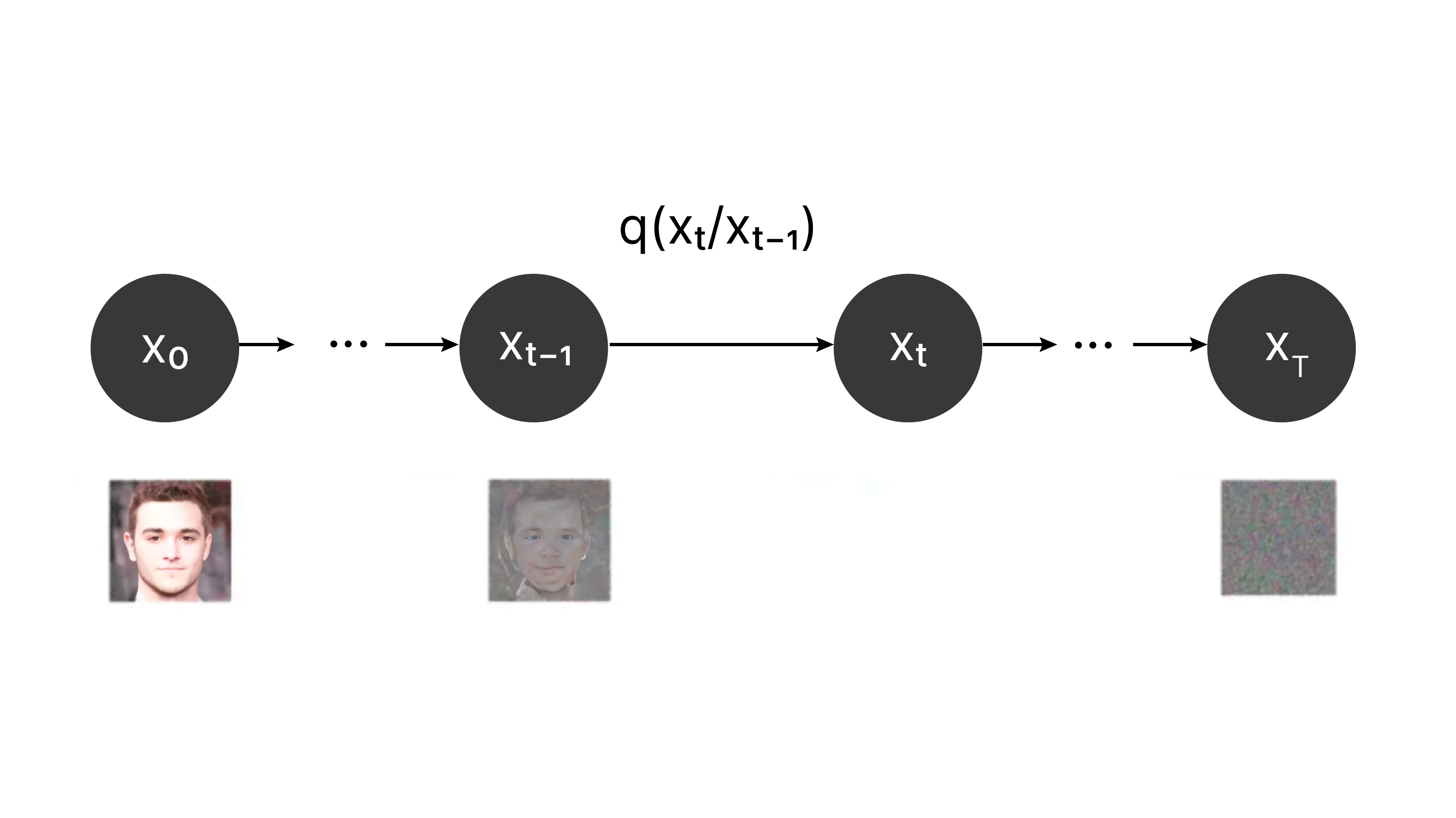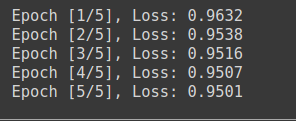What are Diffusion Models?
Dive into the World of Diffusion Models: A Comprehensive Guide
Imagine watching ink bloom across a page, its color subtly diffusing until a captivating pattern emerges. This natural diffusion process, where particles move from high to low concentration, inspires diffusion models in machine learning. Like the spreading ink, these models add and remove noise from data to generate remarkably high-quality results. This article explores diffusion models, their mechanisms, advantages, and applications.
Table of Contents
- What are Diffusion Models?
- How Diffusion Models Function
- Reverse Diffusion: Noise to Image
- Implementation: A Step-by-Step Guide
- Diffusion Model Techniques
- GANs vs. Diffusion Models: A Comparison
- Applications of Diffusion Models
- Data Denoising Explained
- Anomaly Detection and Data Synthesis
- Advantages of Diffusion Models
- Popular Diffusion Tools
- Challenges and Future Directions
- Frequently Asked Questions
What are Diffusion Models?
Diffusion models mimic the natural dispersal of particles. Think of perfume gradually filling a room. In machine learning, they introduce noise to data and then learn to reverse this process, reconstructing the data or creating realistic variations. This gradual refinement leads to highly detailed and accurate outputs, valuable in diverse fields like medical imaging and realistic image/text generation. Their iterative approach allows for nuanced results by mirroring natural diffusion.
How Diffusion Models Function
Diffusion models operate in two phases: a forward phase where noise is added to data, and a reverse phase where this noise is systematically removed. This involves several key stages:
Data Preparation
Before diffusion, data undergoes cleaning, normalization, and augmentation to ensure quality and consistency. This is crucial for effective learning and realistic output generation.
Forward Diffusion: Images to Noise
The forward process starts with a simple distribution (often Gaussian) and adds structured noise incrementally through reversible steps (a Markov chain). This allows the model to learn the intricate patterns within the target data distribution.

Mathematical Formulation (Forward)
Given initial data x₀, the forward process generates noisy versions x₁, x₂, …, xₜ using:

Reverse Diffusion: Noise to Image
The reverse diffusion process cleverly transforms pure noise into a clean image by iteratively removing noise. Training a diffusion model involves learning this reverse process to reconstruct images from noise. Unlike GANs, which perform this in a single step, diffusion models use multiple steps, making training more efficient.
Mathematical Foundation of Reverse Diffusion
The reverse process leverages Markov chains and Gaussian noise, aiming to reconstruct x₀ from xₜ (the final noisy data). This is modeled by:

where μθ(xₜ, t) is the model-predicted mean and σθ²(t) is the variance.

Implementation: A Step-by-Step Guide
Let's outline the implementation steps:
Step 1: Import Libraries
import torch import torch.nn as nn import torch.optim as optim
Step 2: Define the Diffusion Model
class DiffusionModel(nn.Module):
# ... (Model architecture as in the original input)Step 3: Initialize and Train
# ... (Model initialization, optimizer, loss function, and training loop as in the original input)

Diffusion Model Techniques
Several techniques drive diffusion models:
Denoising Diffusion Probabilistic Models (DDPMs)
DDPMs are prominent, training a model to reverse a noise-addition process.
Score-Based Generative Models (SBGMs)
SBGMs utilize score functions (gradients of log probability density) to guide the denoising process.
Stochastic Differential Equations (SDEs)
SDEs model diffusion as continuous-time stochastic processes.
Noise Conditional Score Networks (NCSN)
NCSNs condition the score network on the noise level.
Variational Diffusion Models (VDMs)
VDMs combine diffusion with variational inference.
Implicit Diffusion Models
Implicit models don't explicitly define forward/reverse processes.
Augmented Diffusion Models
These models enhance standard diffusion models with modifications. (See original for details)
GANs vs. Diffusion Models: A Comparison


(Table comparing GANs and Diffusion Models as in the original input)
Applications of Diffusion Models
Diffusion models find applications in:
Image Generation (with code examples as in the original input)
Image-to-Image Translation (with code examples as in the original input)
Data Denoising Explained
(Code example for image denoising as in the original input)
Anomaly Detection and Data Synthesis
(Code example for anomaly detection as in the original input)
Advantages of Diffusion Models
(List of benefits as in the original input)
Popular Diffusion Tools
(List of popular tools as in the original input)
Challenges and Future Directions
(Discussion of challenges and future directions as in the original input)
Conclusion
Diffusion models offer a powerful approach to generative modeling, mimicking natural diffusion processes to create high-quality outputs. Their iterative nature and robust training make them valuable across various applications.
Frequently Asked Questions
(FAQs as in the original input)
The above is the detailed content of What are Diffusion Models?. For more information, please follow other related articles on the PHP Chinese website!

Hot AI Tools

Undresser.AI Undress
AI-powered app for creating realistic nude photos

AI Clothes Remover
Online AI tool for removing clothes from photos.

Undress AI Tool
Undress images for free

Clothoff.io
AI clothes remover

Video Face Swap
Swap faces in any video effortlessly with our completely free AI face swap tool!

Hot Article

Hot Tools

Notepad++7.3.1
Easy-to-use and free code editor

SublimeText3 Chinese version
Chinese version, very easy to use

Zend Studio 13.0.1
Powerful PHP integrated development environment

Dreamweaver CS6
Visual web development tools

SublimeText3 Mac version
God-level code editing software (SublimeText3)

Hot Topics
 1655
1655
 14
14
 1413
1413
 52
52
 1306
1306
 25
25
 1252
1252
 29
29
 1226
1226
 24
24
 Getting Started With Meta Llama 3.2 - Analytics Vidhya
Apr 11, 2025 pm 12:04 PM
Getting Started With Meta Llama 3.2 - Analytics Vidhya
Apr 11, 2025 pm 12:04 PM
Meta's Llama 3.2: A Leap Forward in Multimodal and Mobile AI Meta recently unveiled Llama 3.2, a significant advancement in AI featuring powerful vision capabilities and lightweight text models optimized for mobile devices. Building on the success o
 10 Generative AI Coding Extensions in VS Code You Must Explore
Apr 13, 2025 am 01:14 AM
10 Generative AI Coding Extensions in VS Code You Must Explore
Apr 13, 2025 am 01:14 AM
Hey there, Coding ninja! What coding-related tasks do you have planned for the day? Before you dive further into this blog, I want you to think about all your coding-related woes—better list those down. Done? – Let’
 Selling AI Strategy To Employees: Shopify CEO's Manifesto
Apr 10, 2025 am 11:19 AM
Selling AI Strategy To Employees: Shopify CEO's Manifesto
Apr 10, 2025 am 11:19 AM
Shopify CEO Tobi Lütke's recent memo boldly declares AI proficiency a fundamental expectation for every employee, marking a significant cultural shift within the company. This isn't a fleeting trend; it's a new operational paradigm integrated into p
 AV Bytes: Meta's Llama 3.2, Google's Gemini 1.5, and More
Apr 11, 2025 pm 12:01 PM
AV Bytes: Meta's Llama 3.2, Google's Gemini 1.5, and More
Apr 11, 2025 pm 12:01 PM
This week's AI landscape: A whirlwind of advancements, ethical considerations, and regulatory debates. Major players like OpenAI, Google, Meta, and Microsoft have unleashed a torrent of updates, from groundbreaking new models to crucial shifts in le
 GPT-4o vs OpenAI o1: Is the New OpenAI Model Worth the Hype?
Apr 13, 2025 am 10:18 AM
GPT-4o vs OpenAI o1: Is the New OpenAI Model Worth the Hype?
Apr 13, 2025 am 10:18 AM
Introduction OpenAI has released its new model based on the much-anticipated “strawberry” architecture. This innovative model, known as o1, enhances reasoning capabilities, allowing it to think through problems mor
 A Comprehensive Guide to Vision Language Models (VLMs)
Apr 12, 2025 am 11:58 AM
A Comprehensive Guide to Vision Language Models (VLMs)
Apr 12, 2025 am 11:58 AM
Introduction Imagine walking through an art gallery, surrounded by vivid paintings and sculptures. Now, what if you could ask each piece a question and get a meaningful answer? You might ask, “What story are you telling?
 How to Add a Column in SQL? - Analytics Vidhya
Apr 17, 2025 am 11:43 AM
How to Add a Column in SQL? - Analytics Vidhya
Apr 17, 2025 am 11:43 AM
SQL's ALTER TABLE Statement: Dynamically Adding Columns to Your Database In data management, SQL's adaptability is crucial. Need to adjust your database structure on the fly? The ALTER TABLE statement is your solution. This guide details adding colu
 Reading The AI Index 2025: Is AI Your Friend, Foe, Or Co-Pilot?
Apr 11, 2025 pm 12:13 PM
Reading The AI Index 2025: Is AI Your Friend, Foe, Or Co-Pilot?
Apr 11, 2025 pm 12:13 PM
The 2025 Artificial Intelligence Index Report released by the Stanford University Institute for Human-Oriented Artificial Intelligence provides a good overview of the ongoing artificial intelligence revolution. Let’s interpret it in four simple concepts: cognition (understand what is happening), appreciation (seeing benefits), acceptance (face challenges), and responsibility (find our responsibilities). Cognition: Artificial intelligence is everywhere and is developing rapidly We need to be keenly aware of how quickly artificial intelligence is developing and spreading. Artificial intelligence systems are constantly improving, achieving excellent results in math and complex thinking tests, and just a year ago they failed miserably in these tests. Imagine AI solving complex coding problems or graduate-level scientific problems – since 2023




